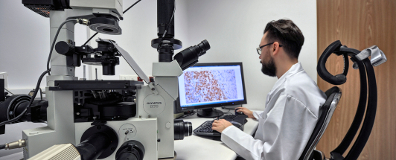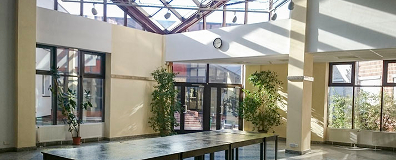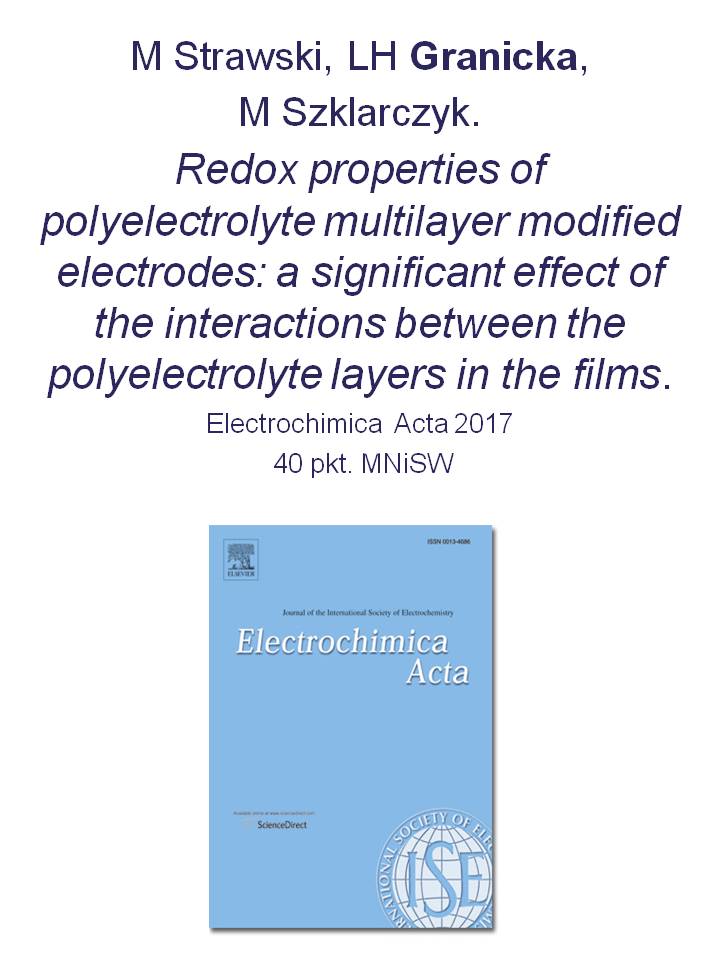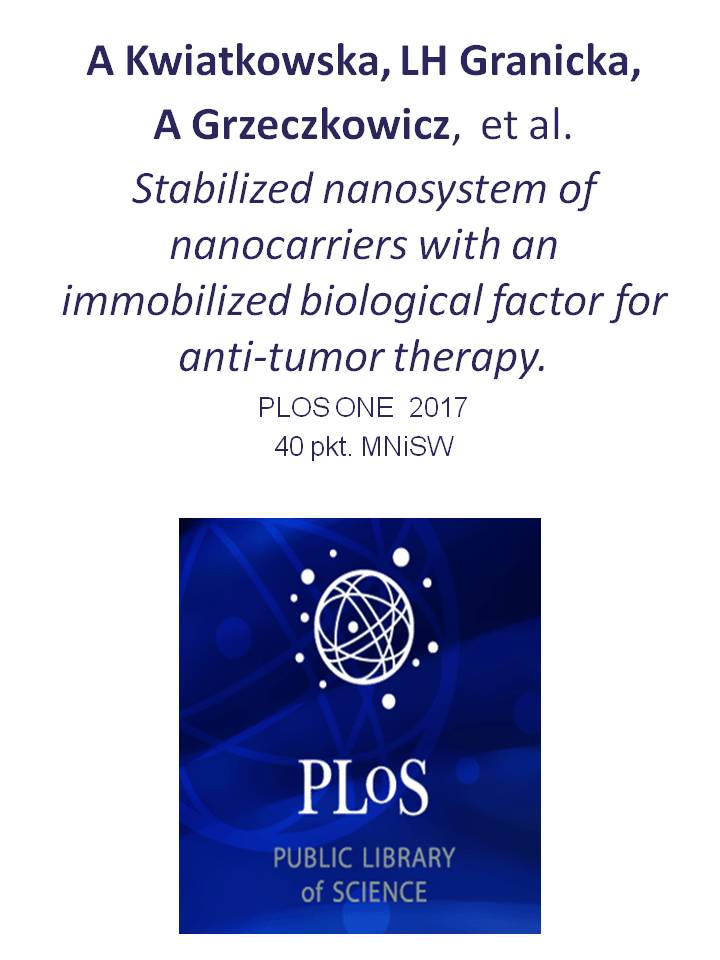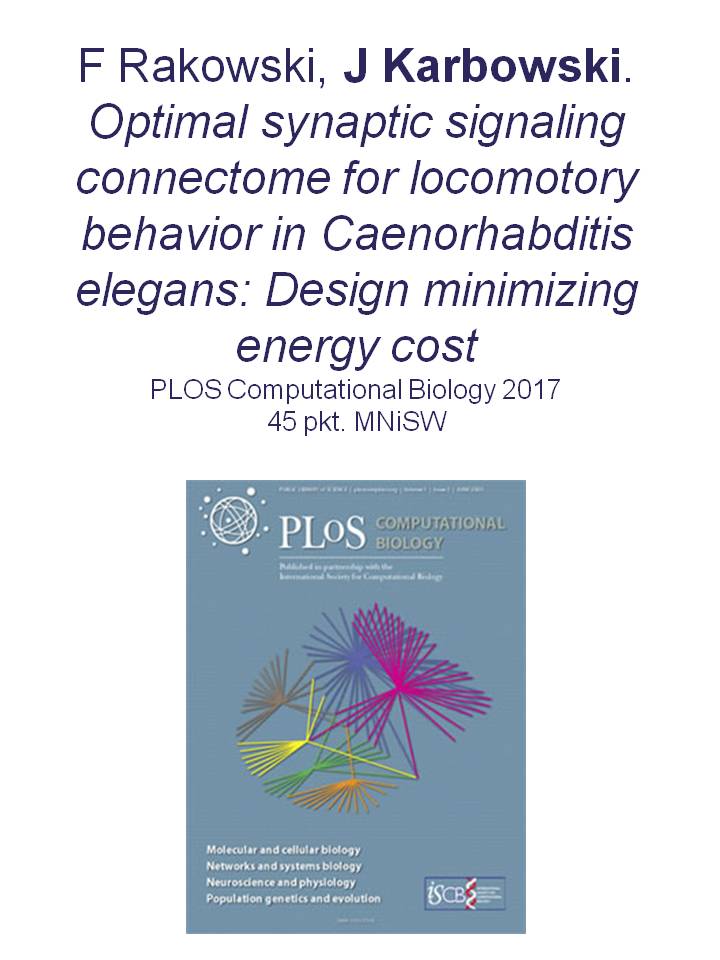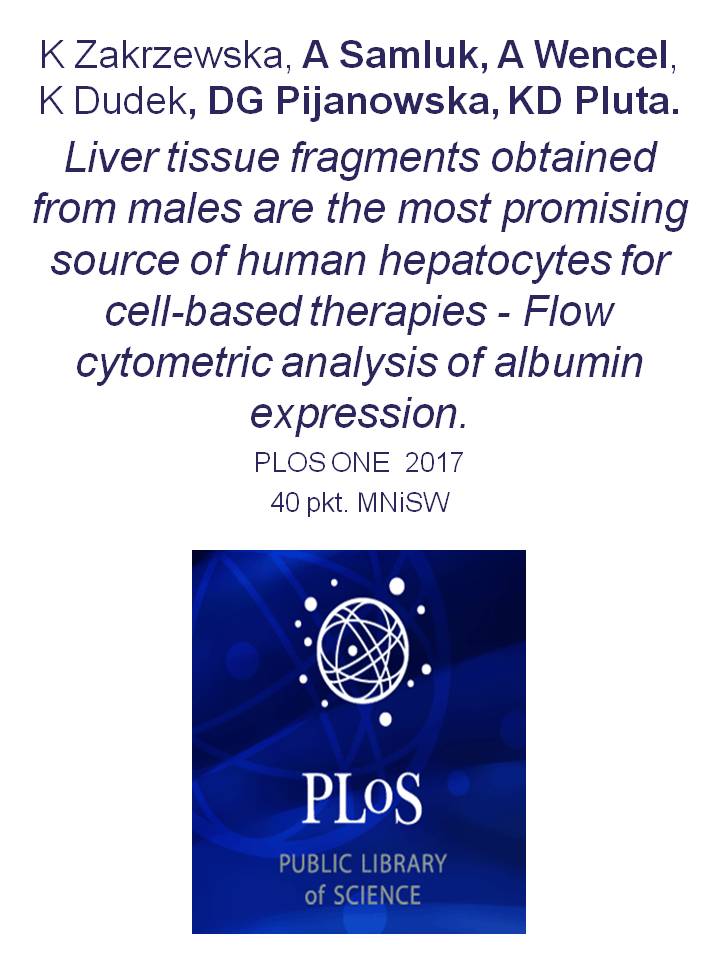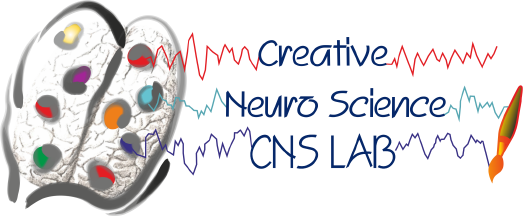We would like to invite you on Seminar of the Department III
Piotr Lachert, Msc
will speak about: Characteristic of Mayer Waves in electrophysiological, hemodnamic and vascular signals
The seminar will take place in the Hall Professor A. Morecki, Wednesday, October 16th at 11:00 am.
Abstract:We evaluated the properties of oscillations in the Mayer waves (MW) frequency range (∼ 0.1Hz) detected in blood pressure, heart rate variability, cerebral blood oxygenation changes and evolution of electroencephalographic (EEG) rhythms to elucidate the mechanisms of MW generation. We examined the persistence of MW in different signals and stability of their oscillations on the level of individual MW waveforms, which was achieved by applying matching pursuit (MP). MP yields adaptive time frequency approximation of signal’s structures in terms of frequency, amplitude, time occurrence, and time-span. The number of waveforms contributing to 95% of the energy of the signals was vastly different for the time series, but the average number of waveforms conforming to the MW criteria was almost the same (3.5 ± 0.4 per 120s. epoch). In all the investigated signals MW had the same distributions of frequency and the number of cycles. We show that the MW energy ratios in different signals varied strongly, p < 0.001. The highest percentage of MW energy was observed in blood pressure signals, heart rate variability, and reduced hemoglobin, in contrast to brain signals and oxygenated hemoglobin. The percentage of MW energy was related to the strength of causal influence exerted by them on the other signals. Our results indicate existence of a common mechanism of MW generation and support the hypothesis of MW generation in the baroreflex loop; however, they do not exclude the action of a central pacemaker.

